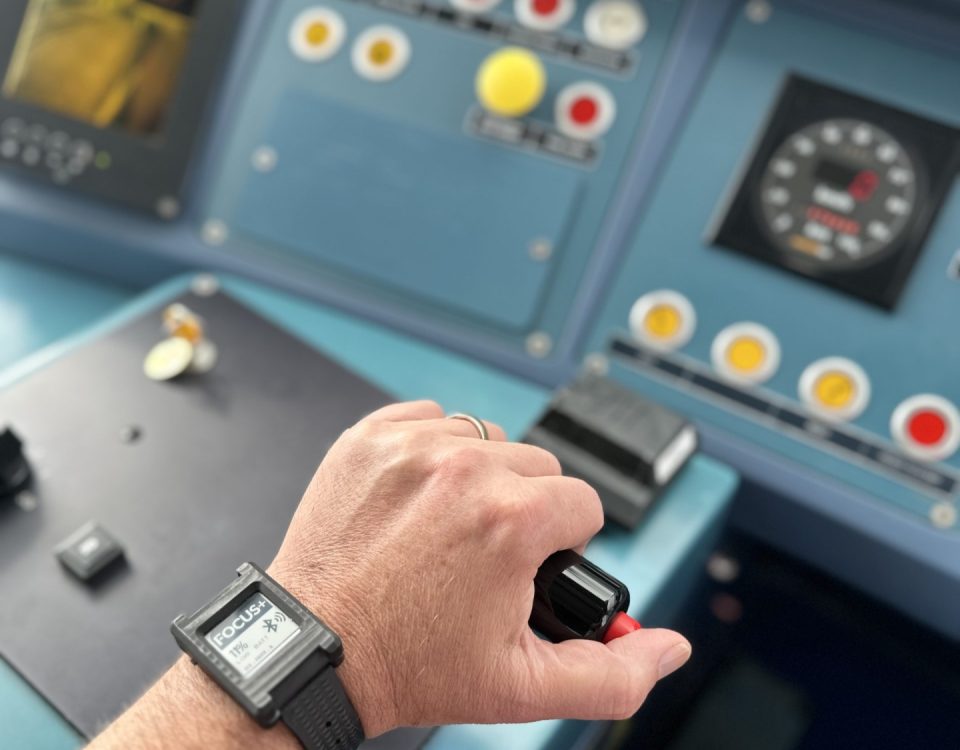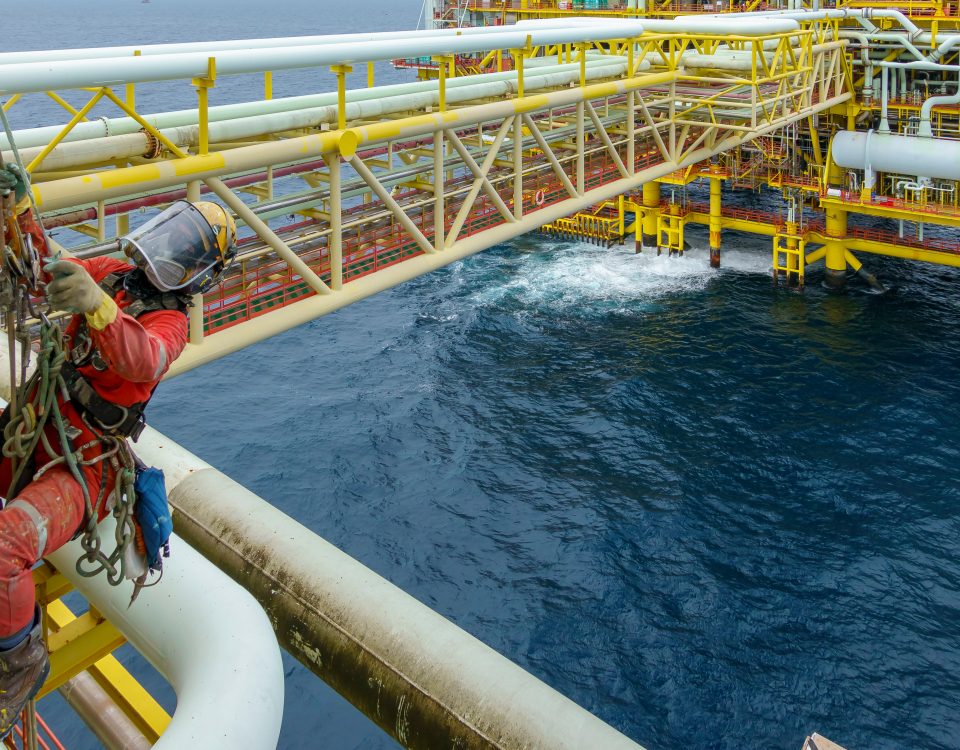Is Your Organisation Using the Best Available Technology?
The focus of this article is on the use of Best Available Technology/Techniques (BAT) in the oil and gas sector. Before we go any further:
What does Best Available Technology actually mean?
‘The term best available technology is taken to mean the latest stage of development (state of the art) of processes, of facilities or of methods of operation which indicate the practical suitability of a particular measure.’
OECD Glossary of Statistical Terms
The link between Human Factors (HF) and BAT
As the definition above states, process and methods of operation are considered when it comes to BAT, and not just physical equipment in isolation.
Outdated or unsafe procedures in the oil and gas sector have the potential to be catastrophic. For example, if your documentation for a specific task isn’t adopted by staff because it’s no longer relevant, then black book procedures may develop which put the safety of the whole platform at unnecessary risk.
The way your employees interact with the plant and machinery is another important area. It’s one thing to invest in the Best Available Technology when it comes to equipment, but if staff aren’t trained how to use it correctly, safety incidents and accidents can still occur.
If the principles of BAT aren’t in place on your platform, HF such as stress, lack of situational awareness, fatigue and safety critical communication can all manifest themselves and result in poor performance and an unsafe working environment.
Director’s accountability
As a Director of a company involved in oil and gas operations, the safety of your platform and employees is of course of paramount importance.
The concept of Best Available Technology (BAT) was introduced as a key principle in the IPPC (Integrated Pollution Prevention and Control) Directive 96/61/EC (Directive 2008/1/EC codified version.
This means that as a Director of a company involved in a safety incident or accident, you can be held personally responsible if it’s deemed that the principles of BAT not being implemented was a causative factor. If found guilty of this offence in a Court of Law, you could be imprisoned depending on the severity of the offence.
The following is a quote taken from Best Available Techniques Code of Practice Issue 1 December 2010.
‘In all cases it is the responsibility of operators to demonstrate that they are using BAT to achieve an optimised outcome. This includes setting up the necessary management arrangements and selecting the staff to be involved. It also includes demonstration that both planned and unplanned occurrences have been taken into account and that the application of BAT relates to the control of an activity as a whole rather than applying in isolation to a single decision.’
An ongoing commitment
Any commitment to HF needs to be viewed as a long term commitment to ensure events such as those below are covered:
Updates to health and safety legislation Investment in new equipment Changes in personnel Shift rotation Project/life cycle management
Any modifications to the working environment such as temperature, noise and lighting
HF Integration is a major area where you can improve the safety of your workforce whilst also protecting yourself from any future prosecution in the event of a serious safety breach or major accident within your organisation.
References
http://stats.oecd.org/glossary/detail.asp?ID=6358
http://www.rwbestpractice.co.uk/html%5CCode%20of%20Practice%20Issue%201%20_2010%2011%2008_.pdf
What does Best Available Technology actually mean?
‘The term best available technology is taken to mean the latest stage of development (state of the art) of processes, of facilities or of methods of operation which indicate the practical suitability of a particular measure.’
OECD Glossary of Statistical Terms
The link between Human Factors (HF) and BAT
As the definition above states, process and methods of operation are considered when it comes to BAT, and not just physical equipment in isolation.
Outdated or unsafe procedures in the oil and gas sector have the potential to be catastrophic. For example, if your documentation for a specific task isn’t adopted by staff because it’s no longer relevant, then black book procedures may develop which put the safety of the whole platform at unnecessary risk.
The way your employees interact with the plant and machinery is another important area. It’s one thing to invest in the Best Available Technology when it comes to equipment, but if staff aren’t trained how to use it correctly, safety incidents and accidents can still occur.
If the principles of BAT aren’t in place on your platform, HF such as stress, lack of situational awareness, fatigue and safety critical communication can all manifest themselves and result in poor performance and an unsafe working environment.
Director’s accountability
As a Director of a company involved in oil and gas operations, the safety of your platform and employees is of course of paramount importance.
The concept of Best Available Technology (BAT) was introduced as a key principle in the IPPC (Integrated Pollution Prevention and Control) Directive 96/61/EC (Directive 2008/1/EC codified version.
This means that as a Director of a company involved in a safety incident or accident, you can be held personally responsible if it’s deemed that the principles of BAT not being implemented was a causative factor. If found guilty of this offence in a Court of Law, you could be imprisoned depending on the severity of the offence.
The following is a quote taken from Best Available Techniques Code of Practice Issue 1 December 2010.
‘In all cases it is the responsibility of operators to demonstrate that they are using BAT to achieve an optimised outcome. This includes setting up the necessary management arrangements and selecting the staff to be involved. It also includes demonstration that both planned and unplanned occurrences have been taken into account and that the application of BAT relates to the control of an activity as a whole rather than applying in isolation to a single decision.’
An ongoing commitment
Any commitment to HF needs to be viewed as a long term commitment to ensure events such as those below are covered:
Updates to health and safety legislation Investment in new equipment Changes in personnel Shift rotation Project/life cycle management
Any modifications to the working environment such as temperature, noise and lighting
HF Integration is a major area where you can improve the safety of your workforce whilst also protecting yourself from any future prosecution in the event of a serious safety breach or major accident within your organisation.
References
http://stats.oecd.org/glossary/detail.asp?ID=6358
http://www.rwbestpractice.co.uk/html%5CCode%20of%20Practice%20Issue%201%20_2010%2011%2008_.pdf




